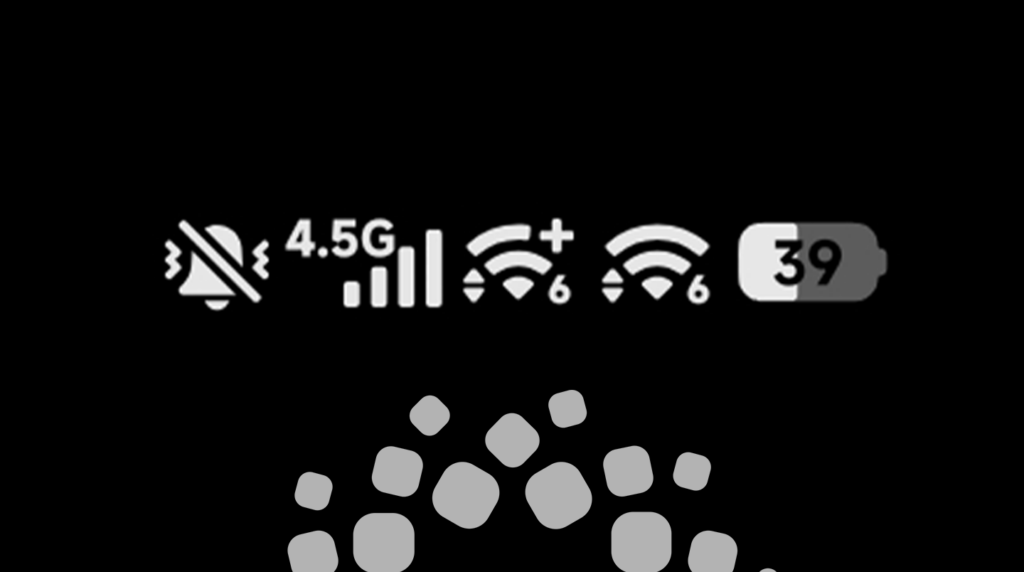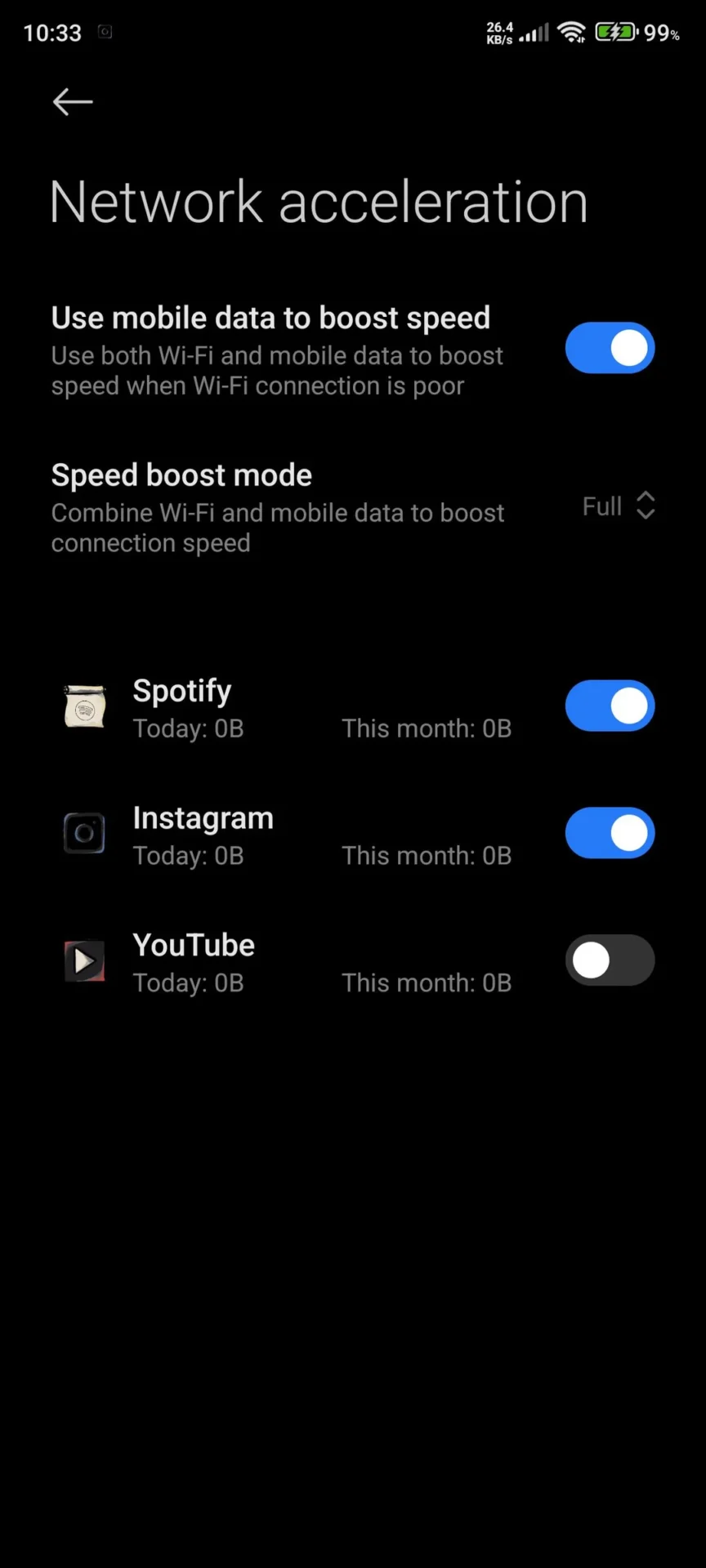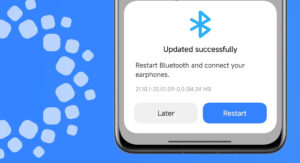Every now and then, some Xiaomi users notice that two Wi-Fi icons show up in the status bar, leading some to wonder if the device is connecting to two different networks at once. In truth, this is not a bug-it just reflects some of the advanced multi-link connectivity frameworks that Xiaomi has utilized in HyperOS and its earlier versions of MIUI. Features such as Dual-Band Wi-Fi Acceleration and Wi-Fi 7 MLO (Multi-Link Operation) enable various frequency bands to be used simultaneously to improve stability, reduce latency, and enhance reliability. If you’re new here, please check out related technical topics such as Xiaomi HyperOS features or Xiaomi network optimization tools on our website.
Understanding Xiaomi’s Dual Wi-Fi Connectivity System
Devices powered by Xiaomi feature simultaneous multiband communication enabled by hardware capabilities in modules of Qualcomm FastConnect and platforms of MediaTek HyperEngine. When this function is on, the system may indicate a parallel link using two Wi-Fi icons. The device can thus use 2.4GHz and 5GHz (or 6GHz in the case of Wi-Fi 7 routers) to make the operating system distribute traffic and maintain consistent performance automatically, without user interference.
Hardware Layer Behind Multi-Band Networking
Smartphones from Xiaomi with FastConnect or MediaTek HyperEngine platforms handle the radio chains separately, so the two frequency bands can work independently. This gives way to a reliable parallel data path that will keep working even if one band experiences congestion or interference. Therefore, users may feel that their internet performance during a video call, downloading from the cloud, or while playing games is more stable.
HyperOS Enhancements: Smarter Multi-Link Management
HyperOS has developed a more integrated network orchestration framework, which is called Xiaomi HyperConnect. This framework assesses the signal quality, device temperature, and application demand. Instead of manually turning on dual-band modes, multi-link is usually turned on automatically by the system for latency-sensitive tasks. On HyperOS, the second Wi-Fi icon appears only when necessary, while Wi-Fi 7 networks use a single icon marked with identifiers like “7+”.
How HyperOS Decides When to Use Multi-Link
HyperOS works with an intelligent decision engine that decides if the device is benefiting from multi-band connectivity. The system temporarily shuts off the auxiliary channel in cases of poor RSSI at the secondary band, overheating of the device, or when there is no active data flow. This avoids all unnecessary power consumption while maintaining the high performance during resource-intensive operations.
Practical Scenarios Where Two Wi-Fi Links Help
Such advantages of Xiaomi’s dual-band system are pronounced in cases with fluctuation of the signal environment, as well as when different frequency bands behave unpredictably. The system features continuous operation regardless of environmental interference.
Introduction to Use Cases
- Online gaming stability: Game Turbo leverages both bands to stabilize ping and avoid latency spikes.
- High-speed downloads: Multi-path downloads, under appropriate router configurations, may realize marginal gains in speed.
- Indoor roaming: Switching between rooms becomes smoother because the second connection prevents momentary drops when the primary band weakens.
Power Consumption and Network Compatibility Considerations
Dual Wi-Fi channels increase energy consumption by approximately 20% to 40%, depending on conditions such as signal strength and thermal load. This secondary link may be automatically switched off by the Xiaomi devices if the system detects excessive temperature rise. Mesh networks or routers, which have their merged SSIDs, can also limit this dual-band feature, making it necessary to split the 2.4GHz and 5GHz bands for full compatibility.
When Users Should Disable Dual-Band Mode
This is because, when the smartphone requests multiple IP addresses for dual links, IP conflicts or authentication resets may occur if the router uses aggressive security filtering. In such a case, disabling the feature may be a much better option, at least on corporate or enterprise Wi-Fi environments.


 Emir Bardakçı
Emir Bardakçı




i want update my phone